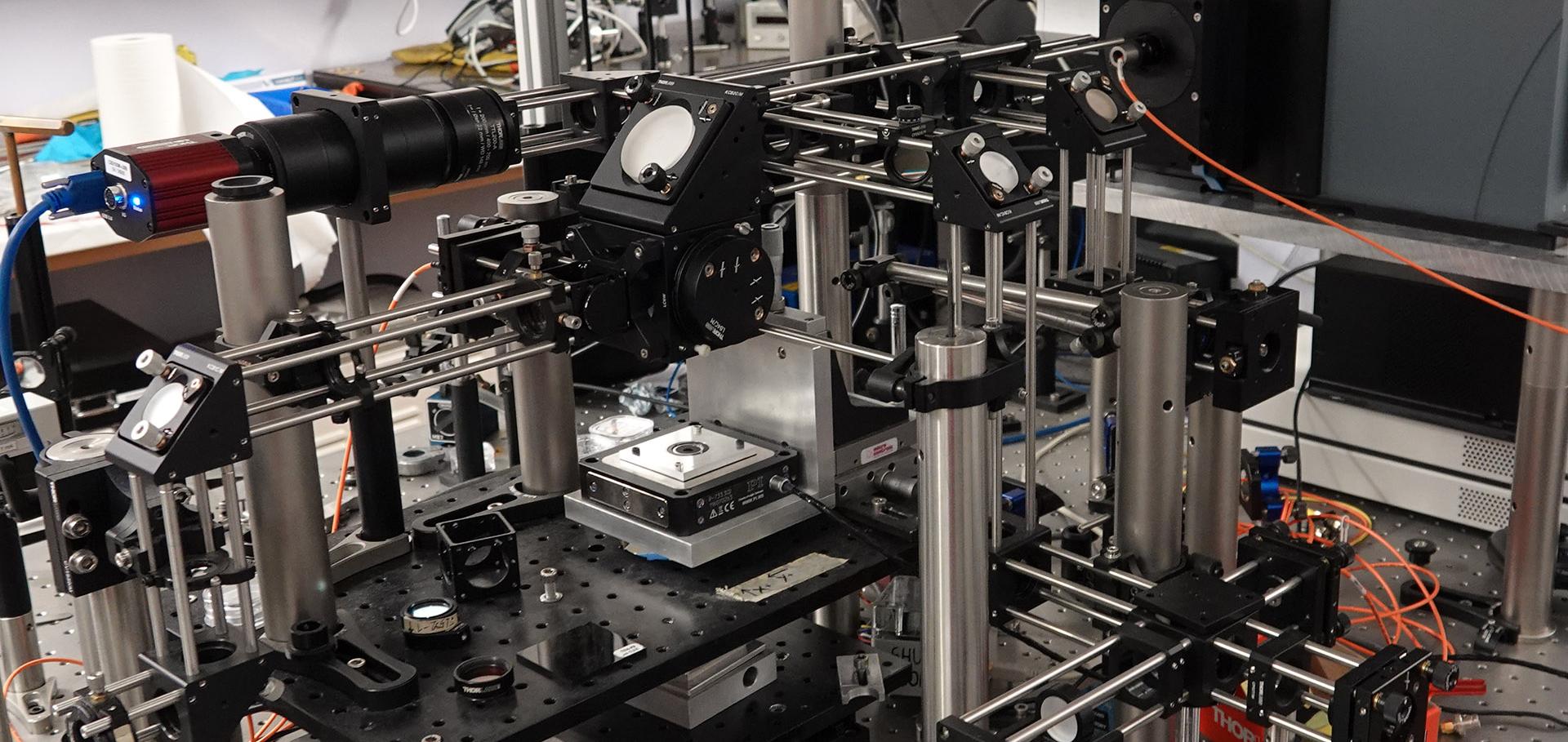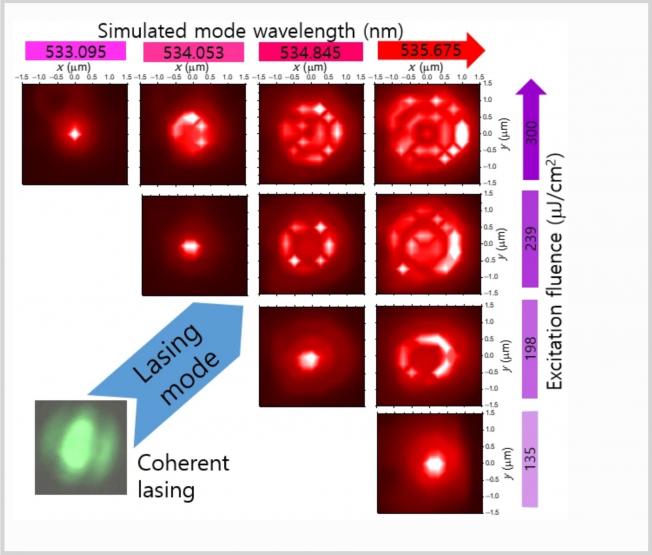Three-photon excitation of quantum two-level systems
CLEO 2023 Optica Publishing Group (2023)
Abstract:
We demonstrate that a two-level system, in form of an InGaN quantum dot, can only be efficiency excited using an odd number of photons (1 or 3) while resonant two-photon excitation is strongly suppressed.Piezoelectric energy harvesting using solar radiation pressure enhanced by surface plasmons at visible to near-infrared wavelengths
Solar RRL Wiley 7:10 (2023) 2300039
Abstract:
A light-pressure electric generator (LPEG) device, which harvests piezoelectric energy using solar radiation enhanced by surface plasmons (SPs), is demonstrated. The design of the device is motivated by the need to drastically increase the power output of existing piezoelectric devices based on SP resonance. The solar radiation pressure can be used as an energy source by employing an indium tin oxide (ITO)/Ag double layer to excite the SPs in the near-infrared (NIR) and visible light regions. The LPEG with the ITO layer generates an open-circuit voltage of 295 mV, a short-circuit current of 3.78 μA, and a power of 532.3 μW cm−2 under a solar simulator. The power of the LPEG device incorporating the ITO layer increased by 38% compared to the device without the ITO layer. The effect of the ITO layer on the electrical output of the LPEG was analyzed in detail by measuring the electrical output when visible and NIR lights are incident on the device using optical bandpass filters. In addition, finite-difference time-domain simulation confirmed that the pressure of the incident light can be further amplified by the ITO/Ag double layer. Finally, the energy harvested from the LPEG was stored in capacitors to successfully illuminate red light-emitting diodes.Three-photon excitation of InGaN quantum dots
Physical Review Letters American Physical Society 130:8 (2023) 083602
Abstract:
We demonstrate that semiconductor quantum dots can be excited efficiently in a resonant three-photon process, whilst resonant two-photon excitation is highly suppressed. Time-dependent Floquet theory is used to quantify the strength of the multi-photon processes and model the experimental results. The efficiency of these transitions can be drawn directly from parity considerations in the electron and hole wavefunctions in semiconductor quantum dots. Finally, we exploit this technique to probe intrinsic properties of InGaN quantum dots. In contrast to non-resonant excitation, slow relaxation of charge carriers is avoided which allows us to measure directly the radiative lifetime of the lowest energy exciton states. Since the emission energy is detuned far from the resonant driving laser field, polarization filtering is not required and emission with a greater degree of linear polarization is observed compared to non-resonant excitation.Reducing nonradiative losses in perovskite LEDs through atomic layer deposition of Al2O3 on the hole-injection contact
ACS Nano American Chemical Society 17:4 (2023) 3289-3300
Abstract:
Halide perovskite light-emitting diodes (PeLEDs) exhibit great potential for use in next-generation display technologies. However, scale-up will be challenging due to the requirement of very thin transport layers for high efficiencies, which often present spatial inhomogeneities from improper wetting and drying during solution processing. Here, we show how a thin Al2O3 layer grown by atomic layer deposition can be used to preferentially cover regions of imperfect hole transport layer deposition and form an intermixed composite with the organic transport layer, allowing hole conduction and injection to persist through the organic hole transporter. This has the dual effect of reducing nonradiative recombination at the heterojunction and improving carrier selectivity, which we infer to be due to the inhibition of direct contact between the indium tin oxide and perovskite layers. We observe an immediate improvement in electroluminescent external quantum efficiency in our p-i-n LEDs from an average of 9.8% to 13.5%, with a champion efficiency of 15.0%. The technique uses industrially available equipment and can readily be scaled up to larger areas and incorporated in other applications such as thin-film photovoltaic cells.Optical gain of vertically coupled Cd0.6Zn0.4Te/ZnTe quantum dots
Nanomaterials MDPI 13:4 (2023) 716



